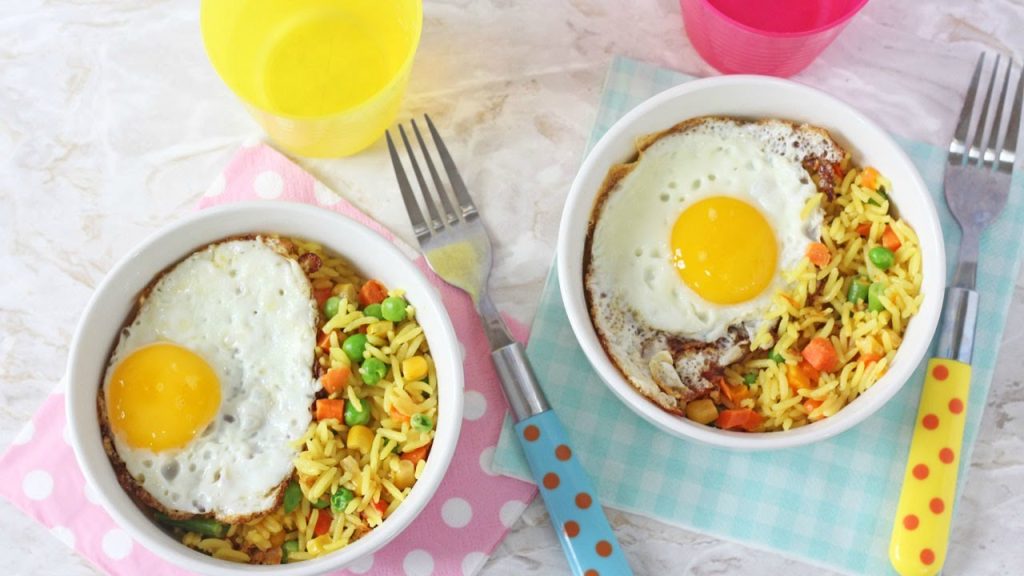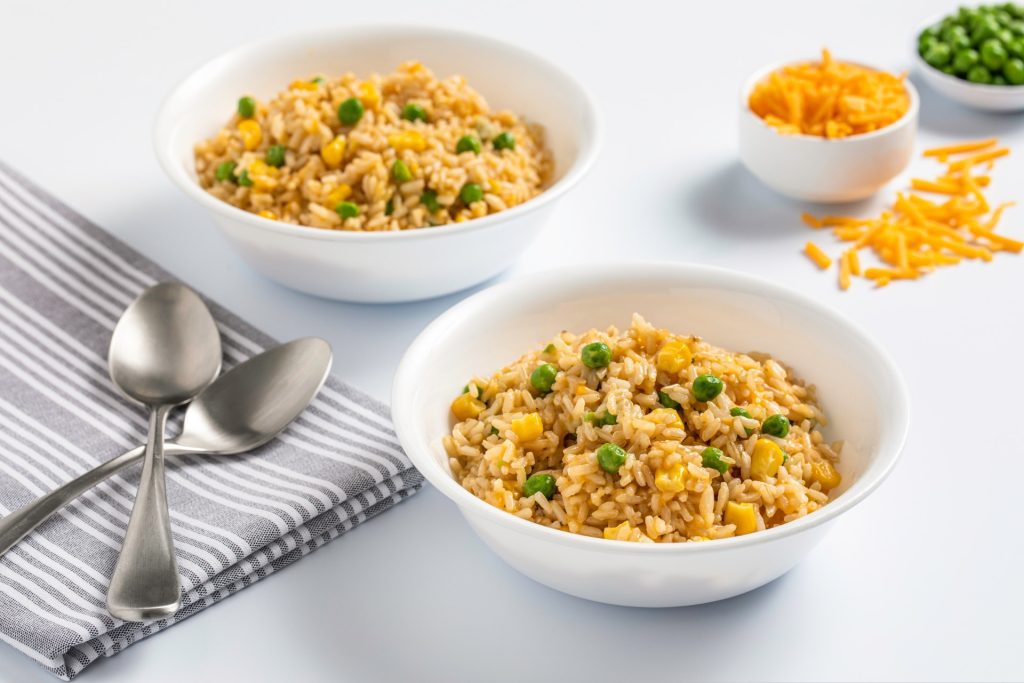Learn about What Is Rice for Kids. Discover the benefits of rice for kids, including its nutritional value. Learn about the types and potential Downsides of Rice for Kids.
Introduction
Rice is one versatile & nutritious grain that is eaten by children as a staple food globally. With its high content of carbohydrates, rice provides the necessary energy required by growing children. Brown rice has more fiber which helps in digestion while white rice can be digested easily. You can combine both with vegetables, proteins, or sauces so that they make proper meals which thereby adds up to the growth and development of children therefore the meals are balanced.
What Is Rice for Kids?
Rice is categorized as a grain and it is harvested from the seed of the Oryza sativa plant. Since ancient times it has been a common food for more than 50% of the people inhabiting this planet. Sushi, risotto, and rice pudding are among the various dishes where rice is used in preparation.

Different varieties of rice are available including white, brown, and basmati rice. Brown rice has more nutrients hence it is healthier than white rice which is more common. Paddies are rice fields that are commonly found within Asia, although there are some other regions in the world.
High carbohydrate content makes this food a good source of energy especially in kids and during physical exercises. In general, rice is very important worldwide regarding food diets because it is easy to prepare and has nutritional value.
The Different Types of Rice
1. White Rice
This is the most commonly ingested type of rice. It’s refined, which means that the layers of bran and germ have been stripped away, thus it becomes soft and cooks quickly. The taste of white rice is very mild; most people use it in their day-to-day fare.
2. Brown Rice
The preferred choice for those seeking to eat healthier is brown rice because it still has some of the bran layers left behind which gives it an upper hand in terms of fiber content, vitamins, and minerals. It also has a nuttier taste than white rice but on account of its nutritional value, takes longer time to cook.
3. Basmati Rice
Basmati rice is known for its long grains and aromatic fragrance, making it popular in Indian and Middle Eastern cuisines. When cooked, it is light and fluffy, which makes it an ideal candidate for recipes such as biryani or pilaf.
4. Wild Rice
Untangling the facts, wild rice is a type of grass that is not affiliated with rice but has a similar texture and taste. This makes it popular for use in gourmet cuisines as its nutty flavor complements the healthiness in salads or soups or rather works best with other vegetables in side dishes.
Health benefits of rice for Kids
Replenishes the body’s energy
The carbohydrates in rice are abundant and serve as a source of energy for children. As such, it quickly restores energy levels – making it the perfect food to feed hyperactive babies in need of ongoing supply for their growth, mobility, and mental expansion.
Great source of vitamin B
B vitamins, such as thiamine and niacin, are found in rice; brown rice particularly. These vitamins help in converting food into energy and support the baby’s nervous system also helps with skin health and growth.
Easily digestible
The rice is mild in taste making it less likely to disturb digestion during childhood. With its softness and least possibility of allergy when compared to other foods, it serves as the most appropriate first meal for infants weaning off from liquid diets and beginning on solids.
Good for Bones
Magnesium, an element of rice, particularly enriched types, participates in the development of bones. Adequate bone strength is vital for growth and the development of a child’s motor skills during the crawling and walking stages.
Good for overall health
Rice has various nutrients including iron which is important for the production of healthy red blood cells and thus supports the overall growth and immune system of the baby. Consistent intake promotes evenly distributed development that lasts long.
Gluten-Free
Kids suffering from gluten sensitivities or celiac sickness benefit from rice because it is gluten-free by nature. In general, gluten-free diets have few grains to pick from and one of the most adaptable options with safe alternatives is rice.

Potential Downsides of Rice for Kids
1. Arsenic Concerns
In various amounts, rice has traces of arsenic which naturally exists and can be dangerous in its higher levels of concentration., It’s best to combine different types of grains as well as wash rice carefully before cooking methods are employed to minimize the chances.
2. Nutrient Imbalance
One could always limit the nutrients children’s diet contains when they mainly depend on white rice as their sole food. Although this is one of the best energy sources it must be complemented with other forms of protein, vegetative foods, and whole grain products for effective nutrition.
FAQs
Is rice a good food option for young children?
Yes, that’s correct! Rice is one alternative for children in their early years which has simple components that make it easily digestible and give necessary carbohydrates. It’s also less likely to cause allergies compared to other grains which makes it suitable for introducing solid food.
Are there any health concerns with feeding rice to kids?
Rice can contain traces of arsenic, which could be dangerous if consumed in significant sums. It is essential to wash rice properly before cooking it and vary grains in the diet as a risk mitigation means.
Can rice be part of a balanced diet for children?
Absolutely. When paired with proteins, vegetables, and other whole grains, rice can indeed contribute to a balanced diet. It brings energy and can serve as a flexible platform for an assortment of healthy foods.
Conclusion
It is a versatile and healthy food that can serve a very important purpose in the nutrition of children, despite being perceived as a side dish. Rice has energy-providing benefits and is easy to digest making it an ideal choice for children. Through trying out various kinds and preparing techniques of cooking, fathers, and mothers have a chance to increase the enjoyment level as well as the healthier status of rice for their youngsters.
